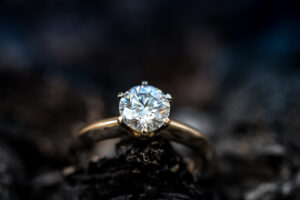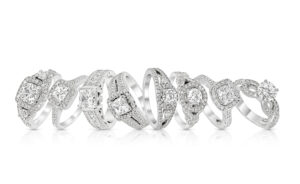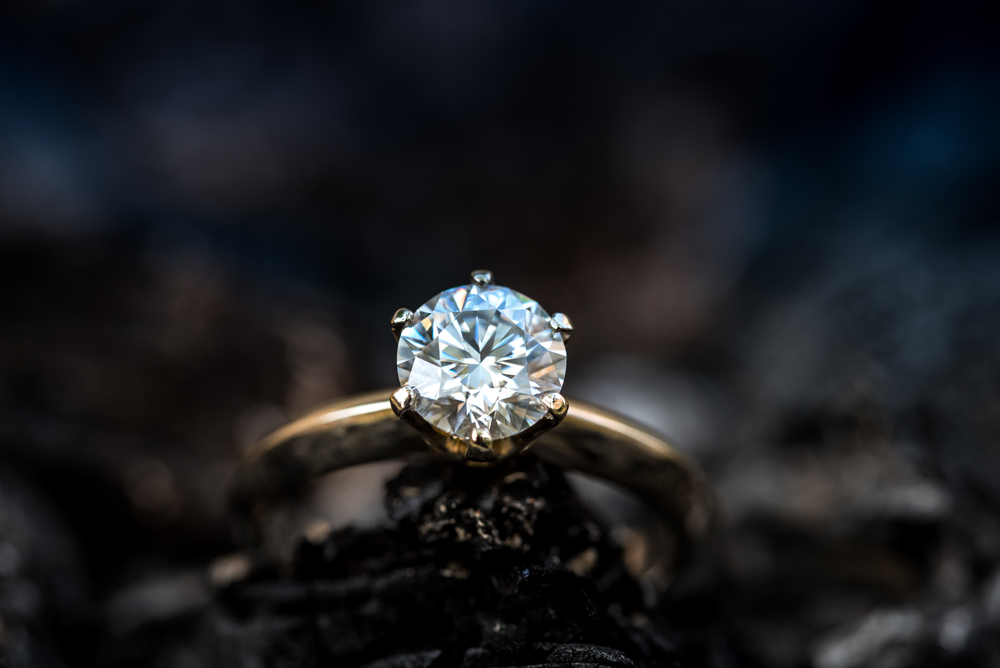
Natural diamonds were developed around one to three billion years ago, deep inside the earth’s crust, under great pressure and heat. Lab-grown diamonds have just lately been discovered. While lab-grown diamonds are a lovely option for engagement rings, some people may be hesitant to purchase them because they believe that these diamonds aren’t as excellent as natural diamonds.
Here are some of the interesting facts about lab-grown diamonds that you should know.
First Lab-Grown Diamonds Were Created In 1950
In 1950, the first prototype of the lab-grown diamond was created. Lab-grown diamonds have advanced to the point that they now compete with genuine diamonds in every way. In 1971, the first gem-quality diamonds were created in a laboratory, and in the mid-2010s, colorless lab-grown diamonds were introduced to the diamond market.
It Is Almost Impossible To Tell The Difference
You may not be able to distinguish between a mined and a lab-grown diamond by looking at them. No one would ever realize that the diamond ring you’re wearing has a lab-grown diamond because it’s difficult to discern the difference between mined and lab diamonds with the naked eye.
They Are Less Expensive
Despite the fact that lab-mined diamonds are identical to actual diamonds, they are more affordable. Lab-grown diamonds are typically up to 25% to 30% less expensive than natural diamonds. This is one of the reasons why many millennials prefer lab diamonds over mined diamonds.
They Are Conflict Free
If you are concerned that you may accidentally buy a blood diamond, the best way to ensure that you are not is by choosing lab-grown diamonds. Consumers have access to full details on who manufactured the diamond, how it was produced, and who the players in the distribution chain are.
They Are Eco-Friendly

If you prefer an environmentally friendly option for your engagement ring, then the lab-grown diamond is the best option because, unlike mined diamonds, there is no significant negative impact on the creation of lab-grown diamonds. Lab-grown diamonds encourage more environmentally conscious behavior.
They Are Not Similar To Synthetic Diamonds
Lab-created diamonds are not synthetic, contrary to common assumptions. Synthetic is a term used to describe a material or chemical that is made to look like a natural product. Cubic zirconia, for instance, is a man-made material. It bears the appearance of a diamond, yet it is devoid of carbon. A lab-created diamond is formed entirely of crystallized carbon.
